Rock art of Latium (Central Italy)
History of the Research
Early Exploration and Discovery (1930-1960)
The Latium region marks the emergence of post-Palaeolithic rock art on the Italian peninsula, beginning in the early 20th century. In the spring of 1936, Alberto Carlo Blanc (1906-1960) (Fig. 1), one of Italy’s most prominent figures in prehistoric studies and an internationally renowned scholar at the time, conducted systematic surveys of the caves in the Lepini Mountains in the Pontine region near Rome.
During this survey, Blanc discovered a 30-cm-tall red painting of a phi-shaped anthropomorphic figure in a large shelter near the village of Sezze (province of Latina), known to local farmers as Arnalo dei Bufali rock shelter. This news was also reported in some international newspapers of the time (Fig. 2). The portion of rock with the painting of Arnalo dei Bufali was detached shortly after the discovery and it was brought to the Pigorini Museum in Rome (now Museo delle Civiltà), where it remained on display until the late 1980s. Today it has been removed from public display, and in its place, a 3D copy will be exhibited. In his publication of this rock art site in 1939(1), Blanc remarked that “there are no similar figures in Italy” and noted its resemblance to phi figures “abundant in the neo-Eneolithic rock art of Spain”. The idea to compare the anthorpomorph of Arnalo dei Bufali, from a Mediterranean perspective, to the Schematic rock art of the Iberian Peninsula emerged from Blanc’s close relationship and sincere mutual affection with the French archaeologist Henri Breuil (1877-1961), who had published four famous volumes on Schematic rock art a few years prior(2). Blanc and Breuil's friendship began in 1935 when they jointly discovered the second Neanderthal skull at Saccopastore in Rome. Consequently, Alberto Carlo Blanc was able to invite Breuil, along with his friend Hugo Obermaier (1877-1946) and the Chinese palaeontologist, archaeologist, and anthropologist Pei Wenzhong (1904-1982) - considered a founding father of Chinese anthropology - to visit the Arnalo dei Bufali shelter between 1936 and 1939.

Riparo Roberto rock art site (photo from Compagnia dei Lepini)
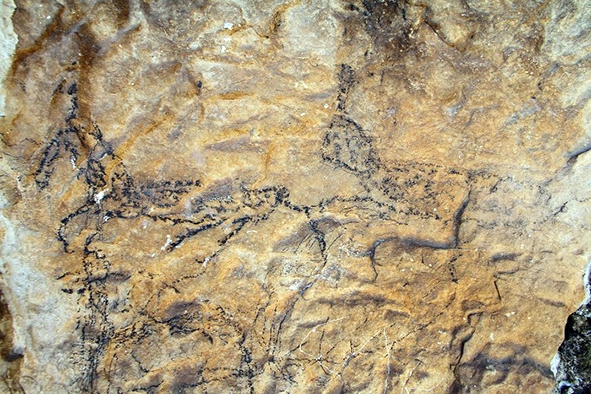
Riparo Roberto rock art black paintings (photo by Portale fotografico Setino)
Two decades later, in 1953, Marcello Zei (1920-2000) (Fig. 3), one of Blanc's disciples, discovered the black paintings of Riparo Roberto (Sezze, Latina) approximately 5km northwest of Arnalo dei Bufali(3). This horizontal fissure, about 30m long and 5m deep, yielded numerous black paintings on its naturally vertical and smooth back walls. The rock art primarily features deer, horses, and a small canine - likely a fox - accompanied by geometric figures, possibly dating back to the Bronze Age(4). This rock art site poses significant issues regarding its conservation status and accessibility. Almost the entire decorated wall has indeed been defaced in recent times with graffiti and drawings made with spray paint, compromising most of the existing paintings.
The Quiet Years: A Period of Limited Exploration (1980-1990)
Another 20 years passed before new painted sites were found in Lazio. In the late 1970s, two local archaeology enthusiasts Antonio and Maurizio Panimolle (1948-) discovered Morra di Colecchia (Rocca Canterano, Rome). This site is a unique natural structure resembling a dolmen (Fig. 4), formed by large and irregular blocks of limestone collapsed from Mt. Cerasolo. The rock art primarily consists of numerous fine engravings depicting tree-shaped figures, phytomorphic motifs, and lines, possibly created during the Late Mesolithic(5).
Of particular interest is a phi-shaped figure painted in red ochre, superimposed onto the engravings of surface C, which was prominent in the 1980s but has since mostly disappeared. Based on superimposition and iconographic comparisons, this figure can be dated to the Neolithic age. In 1972, the cave explorers Vittorio Castellani and Giancarlo Guzzardi from Rome, while participating in a training session of the National Alpine Rescue Corps of the Italian Alpine Club (CAI) conducted in the karst area of Grotte di Pastena (Pastena, Frosinone), documented several deep vertical linear incisions covered by carbonate concretions on the walls of the cave's fossil branch(6). Interestingly, in the same cave, a few years later in 1981, some paintings of bison and hunting scenes created as set decoration for a film shoot were mistaken, for a brief period, as authentic. These paintings were created, as also reported in the newspapers of the time (Fig. 5), by the director, mountaineer, and environmentalist Carlo Alberto Pinelli for a television series directed by the esteemed Italian documentary filmmaker Folco Quilici. Finally, in 1984 the questionable human figure depicted in black at Riparo Cristina (Terracina, Latina) was discovered by self-educated archaeologists Piero Cerelueo from Tivoli(7).
Expanding Horizons: Developments in the 21st Century (2000-2020)
It wasn't until 2004 that two significant new discoveries were made. The rock art at Riparo di Grotti (Cittaducale, Rieti), a small sandstone rock shelter along the Salto River valley discovered by the archaeologists Tommaso Mattioli, that comprises seventeen figures in black, including anthropomorphs, tree-shaped figures, grids, and lines(8). Of particular interest is a 12-cm-tall masculine anthropomorph painting depicted on the vertical walls of a small niche, featuring an individual with T-shaped head, frontal view, with the body depicted using globules (Fig. 6.1). This figure is portrayed holding a small animal in its right hand and a curved object—perhaps a crook or ritual item—in its left. This iconography shares significant similarities with the anthropomorph at Riparo di Caprara in Abruzzo (Civitella Messer Raimondo, Chieti) (Fig. 6.2) and the renowned ‘Sorcerer’ from Fumane Cave(9) (Verona) (Fig. 6.3).
Example of red colour rock art figure from Grotta Antica in 2014
(photo by T. Mattioli)
The second site discovered in Lazio in the early 2000s is Grotta Antica (Sant'Oreste, Roma), a karst cave that remained hidden for millennia in the underground darkness of Mt. Soratte near Rome before the speleologist Mr. Paolo Forconi (Fig. 7) of the Speleo Club Roma widened a tiny vertical passage on the forested slopes of Mt. Soratte in 2004. Here, a local farmer had previously observed airflow from a crack opening in the ground, indicating a possible cave continuation. After descending a couple of vertical pits, Mr. Forconi discovered previously unexplored wide chambers with archaeological remains, including ceramics, lithic artifacts, bone tools, and clumps of red colouring substance possibly ochre. This cave, a 350-meter-long karstic complex, was used as a burial site during the initial phase of the Middle Neolithic (5th – 4th millennium BCE). Based on archaeological evidence, the cavity remained accessible until the Middle Bronze Age(10). In addition to the archaeological remains, there are traces of red ochre on the walls inside the cave (lines, dots, undulating and crisscross lines). Particularly noteworthy are two large segments of stalactite (or stalagmite) painted with red ochre and artificially positioned in a later niche.
Grotta dell'Arco di Bellegra black paintings in 2007
(photo by T. Mattioli)
Three years later, in 2007, another rock art site was revealed in the province of Rome, the Grotta dell’Arco di Bellegra (Bellegra, Roma) (Fig. 8) discovered by speleologist Gianni Mecchia of the Speleo Club Roma and published by archaeologists Tommaso Mattioli(11). This cave spans a length of 1000m and is a karst resurgence of the La Cona river. The cave was initially explored in 1932 by members of the Gruppo Speleologico Romano (12). Since then, the red and black paintings went unnoticed until Mr. Mecchia's discovery in 2007. The accumulation of muddy sediments upstream of the entrance, extending about 200m, posed major access problems for speleologists, spelunkers, and amateurs until recently. Thus, the focus of the first exploders and subsequent visitors was on traversing this slushy soil, leaving little time or motivation to inspect the rock walls and discover the paintings. Today, the first part of the cave is easily accessible thanks to a metal walkway. The rock art is grouped into two panels near each other, both situated approximately 3m above the natural walking surface and located 30m from the entrance, at the boundary between the area still illuminated by sunlight and the darkness of the interior. The first group features four anthropomorphic figures in red, while the other displays five in black. However, the figures in the latter group are barely visible due to being covered by a deposit of white and soft concretion (known as Mondmilch). This thin film of carbonates moisturizes the pigment of the rock art motifs, which appear unusually fresh despite their age. The iconography of Grotta dell’Arco di Bellegra is compared with the paintings of Grotta di Cala dei Genovesi (Levanzo, Trapani) in Sicily, dated to the beginning of the 3rd millennium(12).
-
References
- (1) Blanc, Alberto Carlo: Dipinto schematico rupestre nell'Arnalo dei Bufali sotto Sezze Romano. In: Bullettino di Paletnologia Italiana, vol. III, pp. 1-10, 1939.
- (2) Breuil, Henri: Les peintures rupestres schématiques de la péninsule iberique (IV volumes): Imprimerie de Lagny. 1933-1935
- (3) Zei, Marcello: Esplorazione di grotte nei pressi di Sezze - Romano. Bullettino di Paletnologia Italiana, VIII, n.s., 102-107, 1953.
- (4) Priuli, Ausilio and Sgabussi, Gian Claudio: I disegni a carboncino del Riparo Roberto (LT). Paper presented at the Atti della XXVIII Riunione Scientifica dell'Istituto Italiano di Preistoria e Protostoria "L'Arte in Italia dal Paleolitico all'Età del Bronzo", in memoria di Paolo Graziosi, Firenze, 20-22 novembre 1989, 1992.
- (5) Mattioli, Tommaso: L'arte rupestre pre-protostorica del riparo sottoroccia di Morra di Colecchia (Roccacanterano, Roma). Paper presented at the Atti del IV Incontro di Studi sul Lazio e la Sabina, Roma, 29-31 Maggio 2006, 2007.
- (6) Castellani, Vittorio & Guzzardi, Giancarlo: Graffiti preistorici nelle Grotta di Pastena. Memorie della XI Rassegna Speleologica Italiana, II, 57-60, 1974.
- (7) Ceruleo, Piero and Zei, Marcello: La figura umana del Riparo Cristina (M. Ausoni - Latina). Studi per l’Ecologia del Quaternario, 6, 125-127, 1984.
- (8) Mattioli, Tommaso: L'arte rupestre del riparo sottoroccia di Grotti (Cittaducale, Rieti). Quaderni di Protostoria, 3, 1-17, 2006
- (9) Broglio, Alberto and Dalmieri, Giampaolo: Pitture paleolitiche nelle Prealpi venete (Vol. Numero Speciale), 2005
- (10) Petitti, Patrizia, Mogliazza, Silvia, Mattioli, Tommaso, Pessolano, Umberto, Mecchia, Gianni, Piro, Maria, Di Filippo, Michele, Di Nezza, Mario, Cecchini, Flavio, Margottini, Siro, Toro, Beniamino, De Leo, Damiana and Savella, Carmela: Grotta Antica. Primi dati sul complesso archeologico. Daidalos. Studi e Ricerche del Dipartimento di Scienze del Mondo Antico, 10, 1-2, 2010
- (11) Mattioli, Tommaso: Le pitture rupestri della grotta dell'Arco di Bellegra (Bellegra, Roma). Paper presented at the Atti del VI Convegno di Studio sul Lazio e la Sabina, Roma, 4-6 Marzo 2009, 2010.
- (12) Mecchia, Gianni, Mecchia, Marco, Piro, Maria and Barbati, Maurizio: Le grotte del Lazio: i fenomeni carsici, elementi della geodiversità. Roma: Edizioni ARP, 2003.
- (13) Buccellato, Cecilia and Tusa, Sebastiano: Una nuova lettura delle pitture della Grotta di Cala dei Genovesi a Levanzo (Trapani). Preistoria Alpina, 46, 7-19, 2012.
Contents of this page
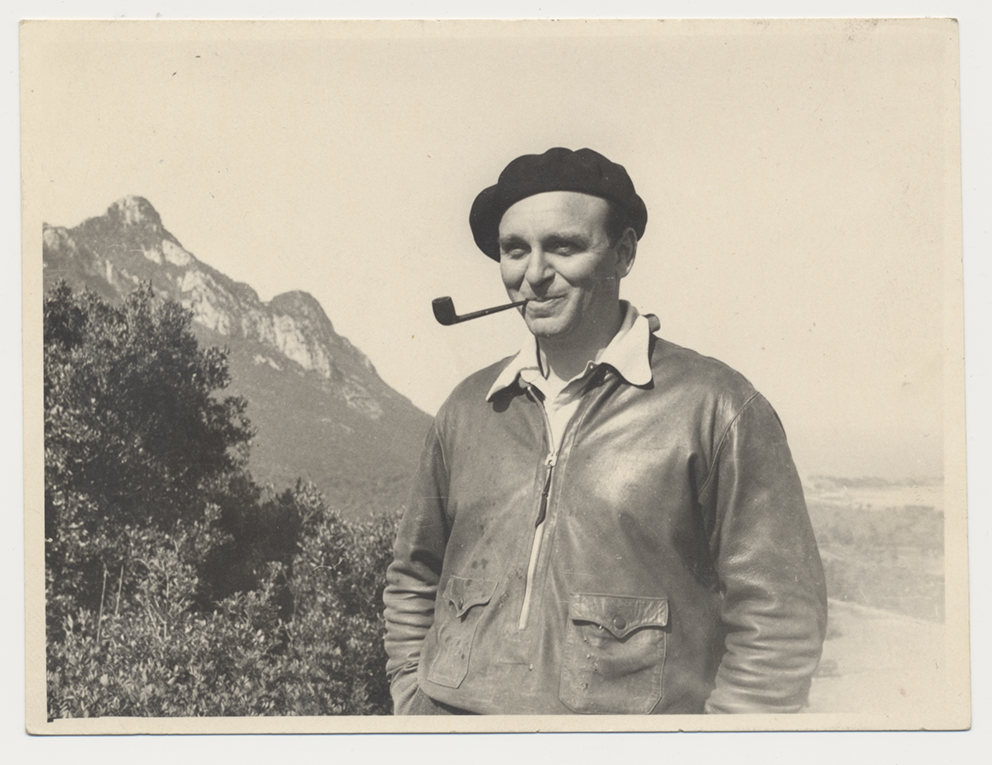
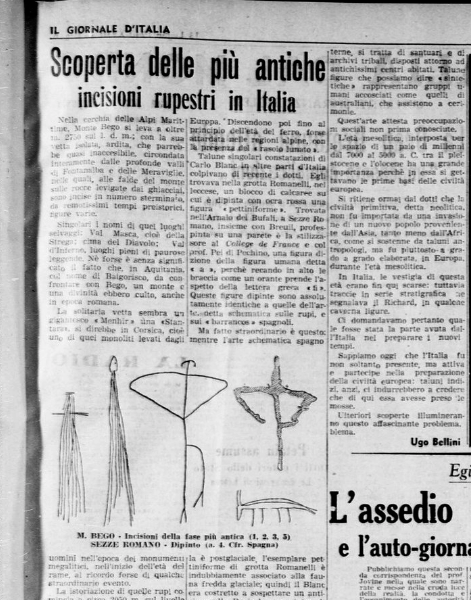
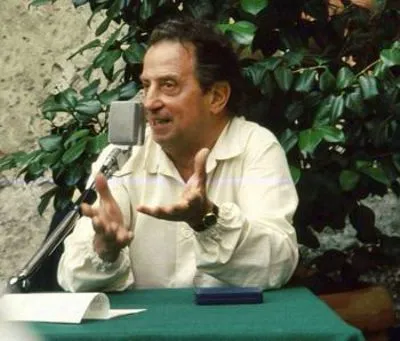
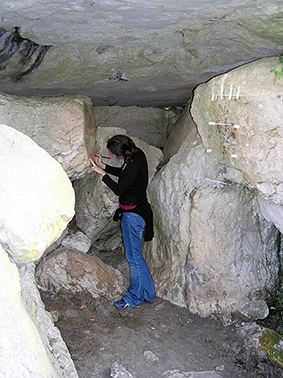
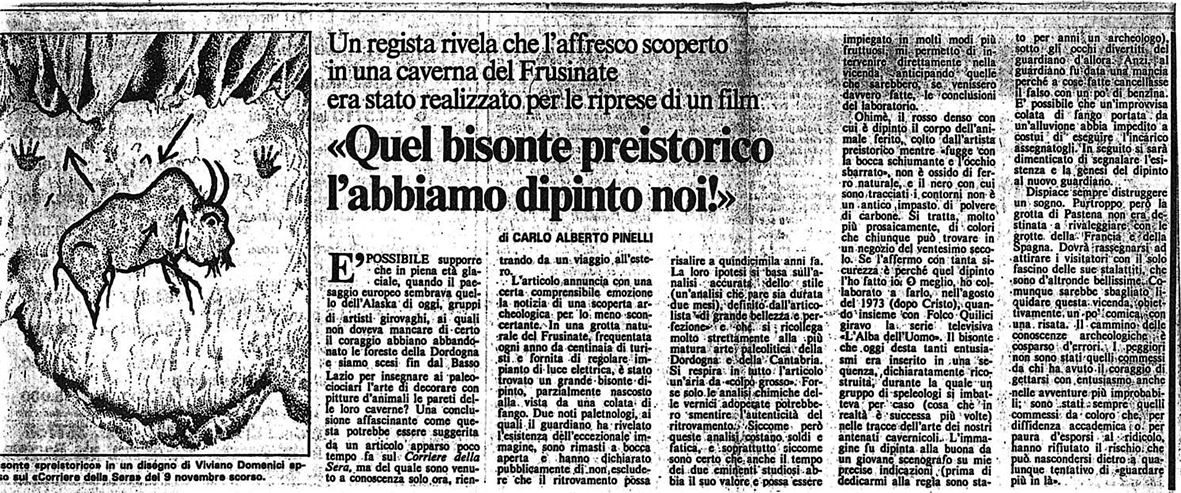
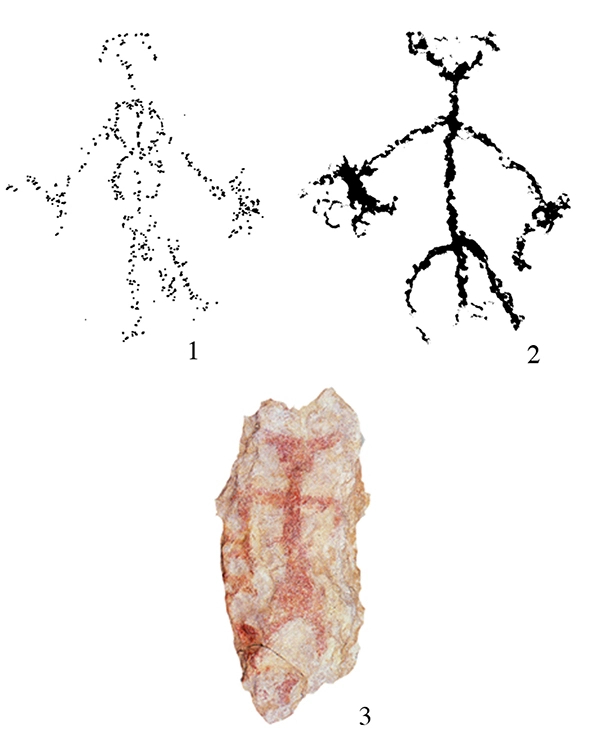
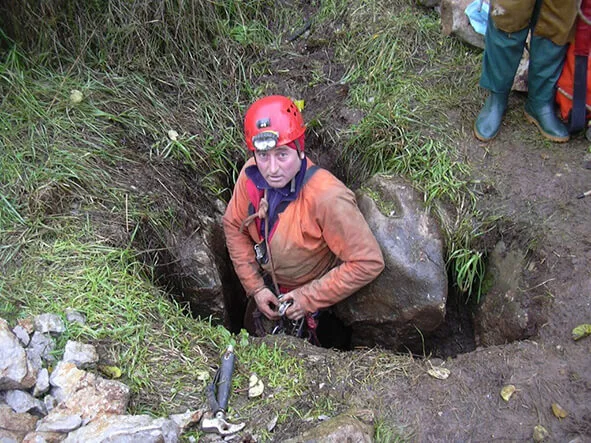
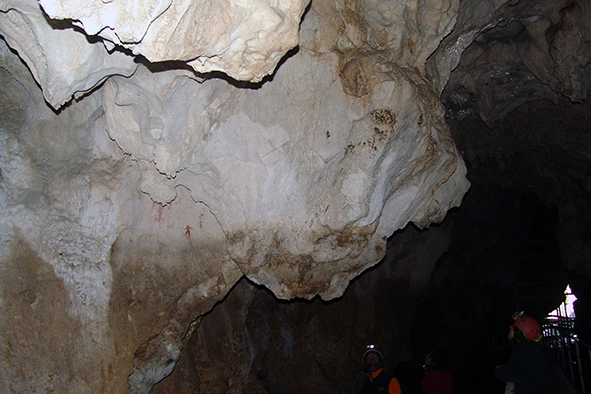
Support us today!
This website doesn't receive any public funds and it is based on volunteering








